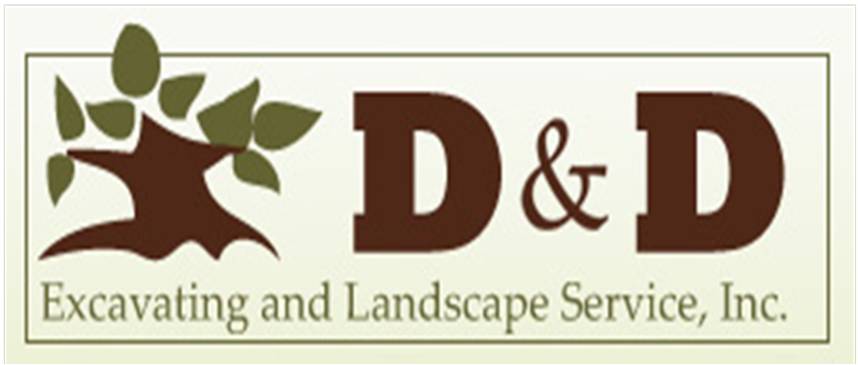Pollination is the transfer of pollen grains from the male part of a flower to the female part, thus fertilizing the flower and allowing seed and fruit to form. Bees and other pollinators perform this service while collecting flower fuel in the form of pollen (protein) and nectar (carbs). Around 80% of the world’s flowering plants depend upon animals for pollination (the others are wind-pollinated).
Check out these links for a list of trees to attract pollinators; We need them!
https://www.bowerandbranch.com/learn-pollinators/
https://www.arborday.org/trees/health/pests/article-trees-for-bees.cfm




























